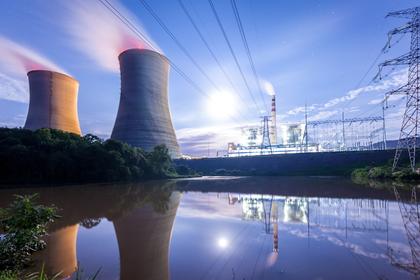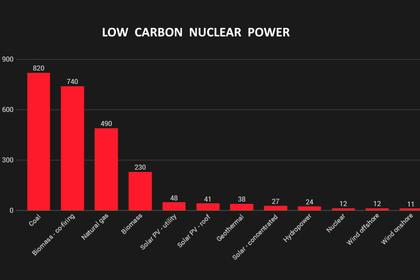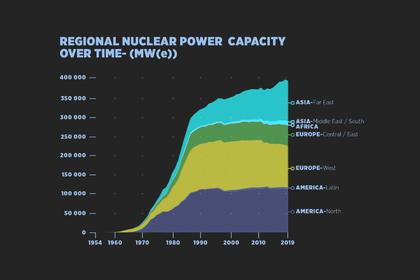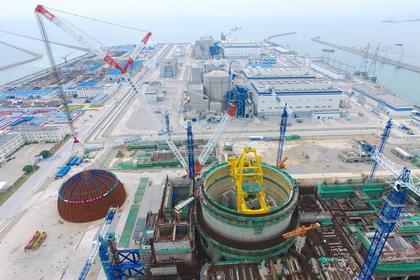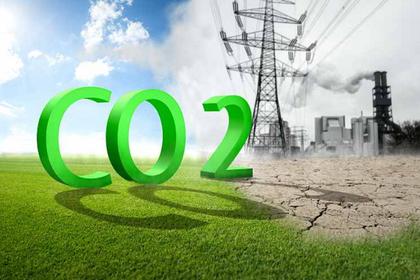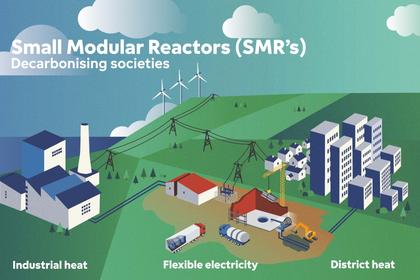
CHINA'S NUCLEAR EXPANSION
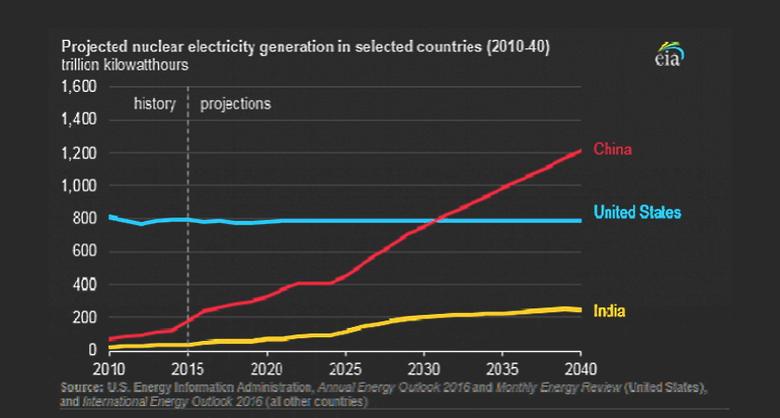
WNN - 11 September 2020 - The future of nuclear power in China is promising, Zheng Mingguang, Chief Engineer at China's State Power Investment Corporation (SPIC) told World Nuclear Association's Strategic eForum 2020 yesterday. He believes both the use of large and small-scale reactors will find applications in China beyond just electricity generation.
Speaking during the high-level panel Driving investment towards nuclear projects, Zheng said the coronavirus pandemic had led to an overall significant reduction in electricity production in China. However, he noted that power consumption in some areas, such as 5G networks and big data systems, had risen.
"In the future we think power consumption will increase, so this for nuclear power is the best opportunity," he said.
Nuclear power provides about 5% of China's electricity and compared with the global average, he expects the country to develop nuclear power strongly in the future.
As a result of nuclear power plant construction projects being suspended in China over the past few years, "the economics are not so good", he said, but once the latest projects enter operation this situation may improve. Using reactors with high safety levels, simplified systems and less equipment "will result in good economics", he said.
Establishing a complete supply chain has also helped the nuclear power industry in China, since "the less risk and the less cost" have been incurred from equipment procurement. "We also use modular construction, with a shorter construction period, and this has enhanced economic performance," he added.
Zheng said that when he was planning China's supply chain 12 years ago, he selected more than two suppliers for each product so that they could compete in all areas: on technology, price, management, quality assurance and technological development. "In such a way, they can maintain adequate prices for all the items," he said.
He noted that the four Westinghouse AP1000 units constructed in China had been built over an eight-year period and had been operating very well. Less equipment, Zheng said, means less maintenance and shorter outages for refuelling. The first outage at Sanmen unit 1 lasted only 46 days, while that at Haiyang 2 was just a 30-day outage. "In the future, we see that outages can be reduced down to 30 days, so the passive technology has very good operational performance," he said.
Construction of the two CAP1400 reactors at Shidaowan is progressing smoothly, Zheng said. "And with two such big units, it will contribute to the power supply in the future, after the coronavirus." For "comprehensive utilisation" of nuclear power in the future, it will also be used for non-power applications, such as heat, steam supply, hydrogen production and desalination. China is constructing a reactor to provide solely district heating, which he said will improve the environment, especially in this northern area of the country.
"In China, as with the CAP14000, power generation costs are 6 cents/kilowatt and for heating as well about USD6 per gigajoule of heat," Zheng said. "And for the heat reactor, if there are no other applications such as power supply, then the price of heating could be more expensive, such as USD15 per gigajoule."
He noted that the nuclear generation price in China is not as high as the cost of renewable energy sources. "For the time being, renewable energy prices are still higher than nuclear power and fossil, and also in the future, new energy, like solar and wind, could cost more. To secure more energy from solar and wind you need stability of the network system. The fossil power plant is still necessary, but for the responsibility of baseload operation we think that nuclear power could take that role."
He added: "So in China, we think big reactors will be used to supply electricity and the small ones to provide multiple applications. Nuclear power in China is promising."
-----
Earlier:
